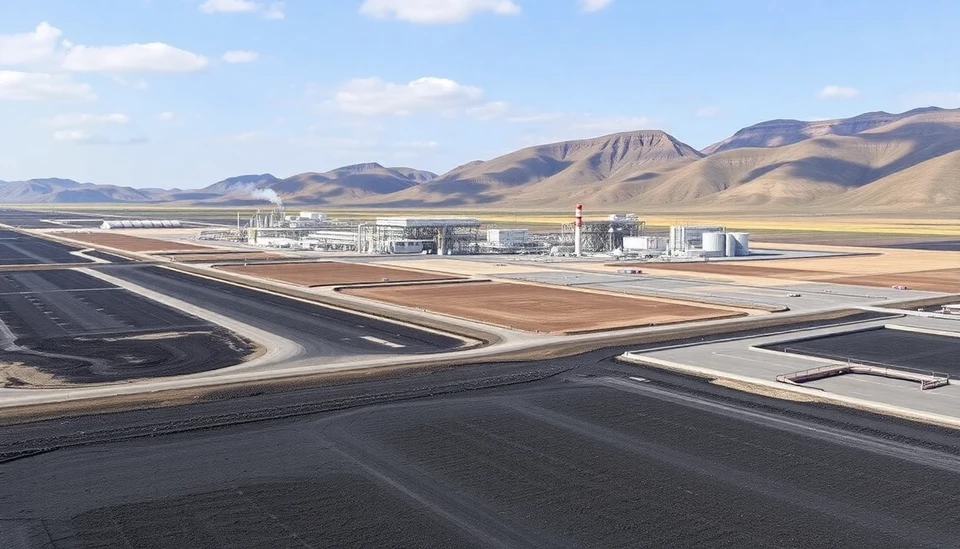
In a recent development, Sasol Ltd., the South African energy and chemical giant, has unveiled a recalibrated approach aimed at meeting its stringent emissions targets amid shifting energy dynamics. The company is now concentrating its efforts on coal, which it has traditionally used as the backbone of its operations, while also exploring new avenues to strike a balance between carbon emissions and energy production.
This strategic pivot comes after Sasol faced increasing pressure from both investors and regulatory bodies to reduce its reliance on carbon-heavy fuel sources. As global environmental standards tighten, many companies, including Sasol, are under scrutiny regarding their environmental impact, particularly concerning greenhouse gas emissions. Sasol's new operational path seeks to reconcile its historical dependence on coal with the pressing need for environmental sustainability.
Sasol, which has long been one of the world's largest producers of synthetic fuels and derived products from coal, is now recognizing the need to adapt to a changing marketplace. According to company executives, the refocus on coal is not merely a return to traditional practices; it represents a strategic decision to innovate within that sphere. The company aims to implement advanced clean coal technologies that can lower emissions while still leveraging its existing infrastructure and resources.
As part of this strategy, Sasol is investing in research and development to enhance its carbon capture and storage capabilities. This technology could dramatically reduce the carbon footprint of its coal-derived products, allowing the company to maintain its position in the competitive synthetic fuels market while aligning with sustainability goals. Furthermore, these innovations might pave the way for a more robust regulatory framework, supporting the technology as part of a broader transition to cleaner energy sources.
However, industry analysts caution that Sasol's renewed emphasis on coal may face substantial challenges. In a landscape increasingly leaning towards renewable energy sources, transitioning smoothly while maintaining profitability is no small feat. Critics of the coal industry often point out the long-term environmental damages associated with coal extraction and utilization, raising concerns about the viability of Sasol's new plan.
Sasol acknowledges these hurdles but stresses its commitment to leading transformative change within the coal sector. The company has articulated its vision of a "Just Transition," which emphasizes the importance of creating sustainable job opportunities and maintaining energy security even as the global economy shifts away from fossil fuels. This multifaceted approach aims to engage various stakeholders—from government entities to local communities—in the discourse on energy transition.
Looking forward, Sasol's overarching goal remains clear: to lower its carbon emissions significantly by 2030. The company's management envisions that through rigorous innovation and commitment to clean coal technologies, it can achieve substantial progress toward this target without sacrificing its operational integrity or market position.
In conclusion, Sasol’s refocused strategy on coal amid its emissions reduction goals demonstrates a determined response to the complex landscape of energy production. As the company moves forward, its performance will be closely monitored by stakeholders keen on assessing its sustainability claims and efficacy in operational modernization.
For more updates on Sasol and other energy developments, stay tuned as we bring you the latest in corporate strategies and sustainability initiatives.
#Sasol #RenewableEnergy #Coal #Sustainability #EnergyTransition #EmissionsReduction #CleanCoal
Author: Peter Collins
